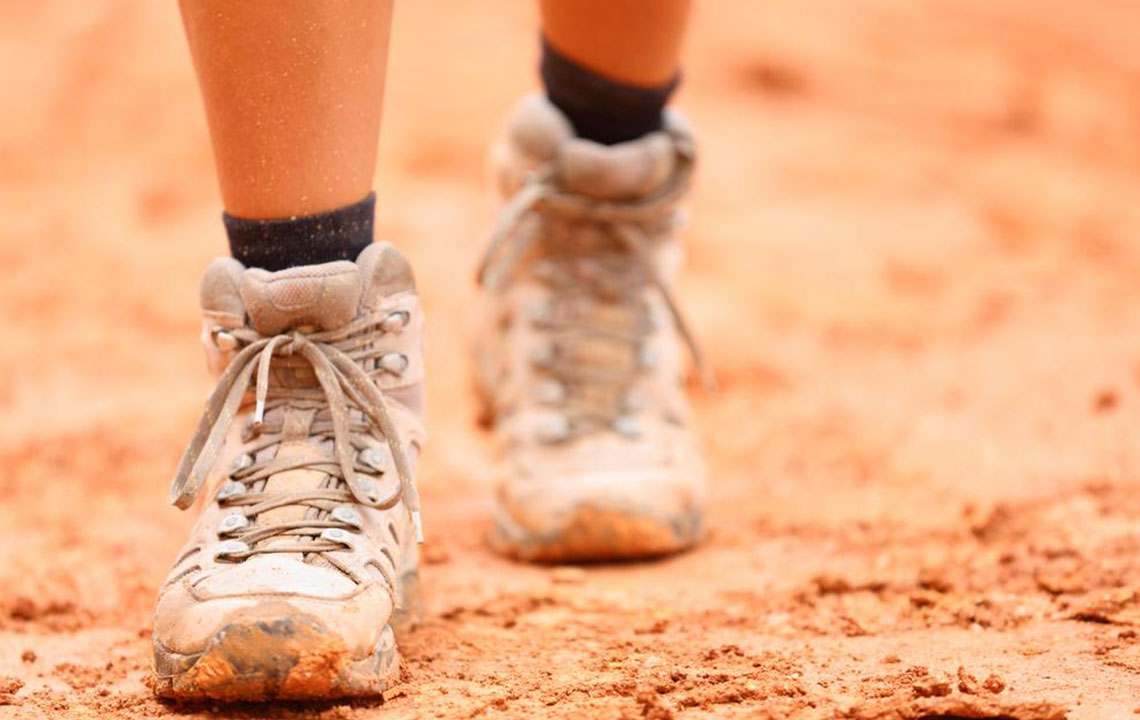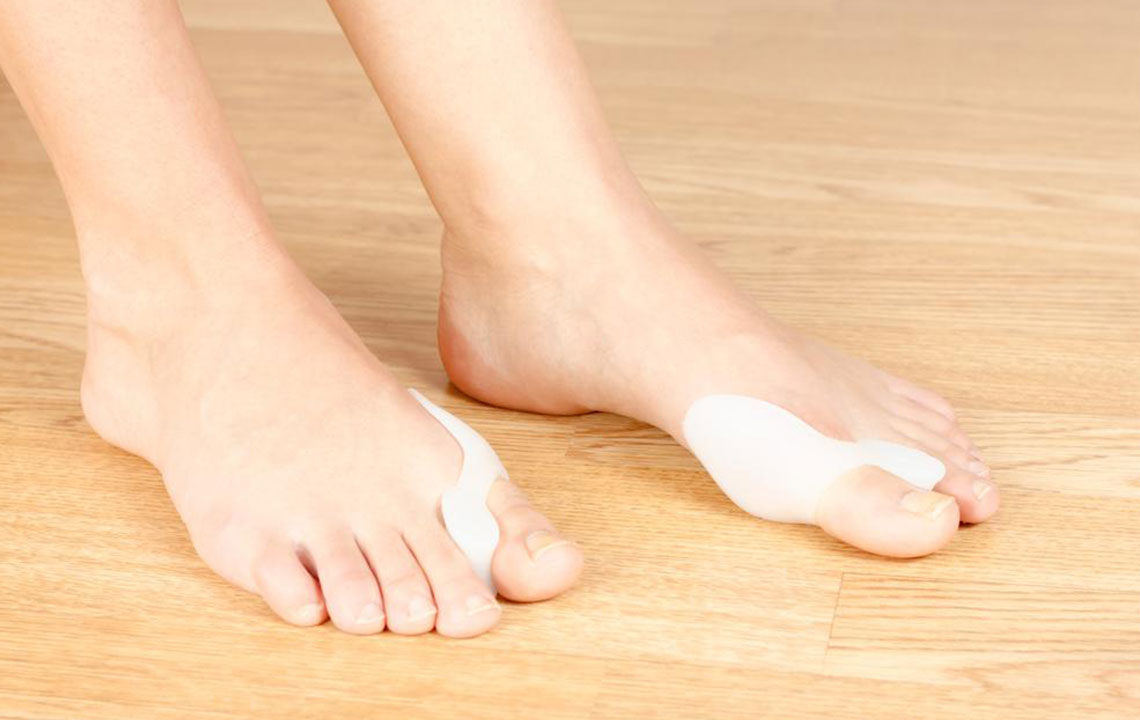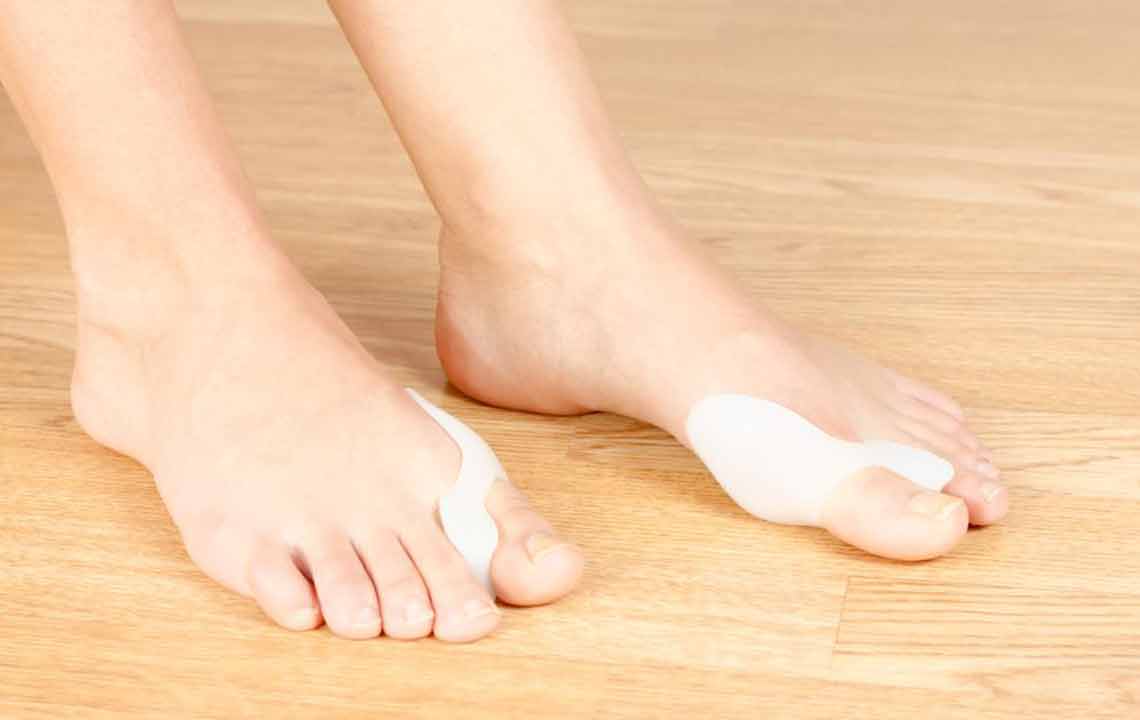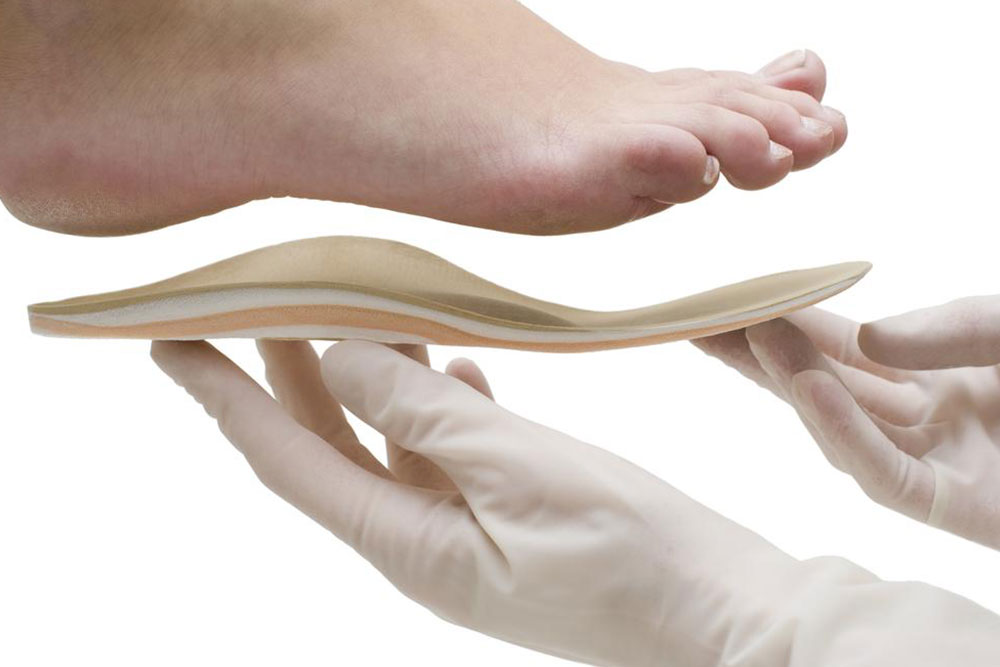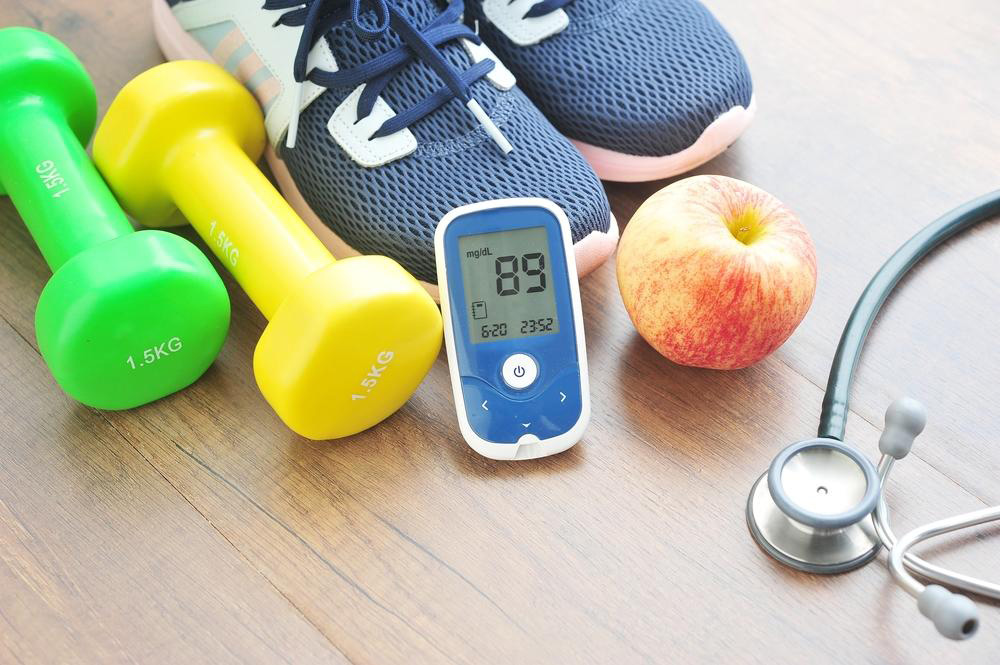Selecting Appropriate Footwear for Bunion Relief
Learn how to choose the right shoes for bunion relief to minimize pain and prevent progression. This guide covers optimal footwear features, where to find suitable options, and the importance of proper support and spacing for healthy feet. Prioritize comfort and function to manage bunions effectively and avoid complications like bursitis and hammer toe. Consult with a healthcare professional for personalized advice and possibly explore custom-made footwear or modifications. Proper footwear plays a vital role in maintaining foot health and alleviating bunion symptoms.
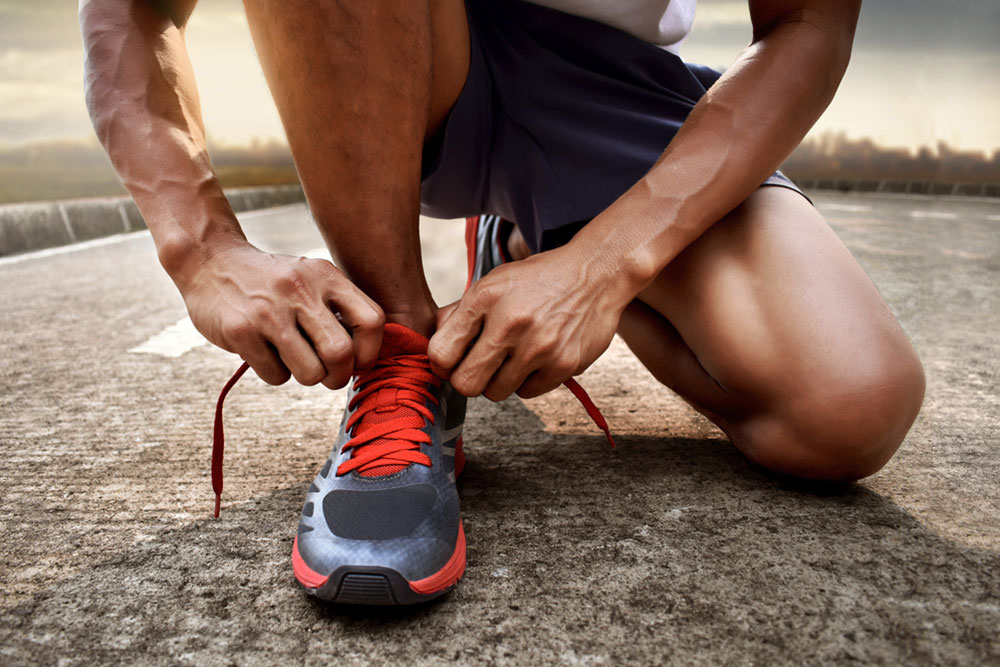
Choosing Appropriate Footwear to Ease Bunion Pain
Bunions are painful growths that develop on the inner side of the foot at the big toe joint. They occur when the bones in the big toe shift out of alignment due to pressure, leading to stiffness and walking difficulties. Your choice of footwear can significantly influence bunion progression. Tight or narrow shoes can worsen the condition by putting extra pressure on the joint, causing it to enlarge.
Avoid constrictive footwear to prevent aggravating bunions and focus on comfortable options designed for foot health.
While genetics can play a role, improper footwear is often the main culprit behind bunion development. Fortunately, there are specialized shoes tailored for bunions available today. Proper footwear is essential for managing symptoms and preventing further deformity. Here's how to choose suitable shoes for bunion relief.
What types of shoes are recommended?
The choice depends on the size of your bunion. For smaller bunions, opt for shoes that provide ample space for toes, possibly one size larger than usual. High heels should be avoided or limited to 1-2 inches with enough room for toe movement. Shoes with added depth help increase available space, and inserts or custom-made shoes can offer additional support. Remember, comfort should always be the priority when selecting footwear for bunion relief.
Where to find suitable bunion-friendly shoes?
Specialized shoe stores and online retailers stock shoes designed for bunion sufferers. Look for brands that produce soft, wide shoes that accommodate foot deformities. Consulting with a podiatrist can help identify the best options. Medicare may cover the cost of custom shoes and inserts, including fitting, providing additional support and space.
Key features of bunion-friendly footwear
Choosing the right shoes means prioritizing function over fashion. Shoes should be wide, soft, and adjustable with straps or laces to ensure a snug yet comfortable fit. Materials like leather or canvas are flexible and accommodating. Avoid tight shoes, high heels above two inches, and consider features like ventilation to prevent moisture buildup. Proper footwear minimizes pressure, reduces pain, and helps prevent further deformity.
Risks of wearing regular shoes
Bursitis
Tight shoes can cause swelling and inflammation of bursae—fluid-filled sacs that cushion joints—leading to pain and discomfort.
Hammer Toe
Consistent pressure on the toes can cause them to bend unnaturally and permanently deform.
While bunion correction generally requires surgery, selecting suitable footwear helps manage symptoms and maintain comfort. Prioritize health and comfort over style, and modify existing shoes if necessary. Follow these guidelines to choose the best shoes for bunion relief today.

